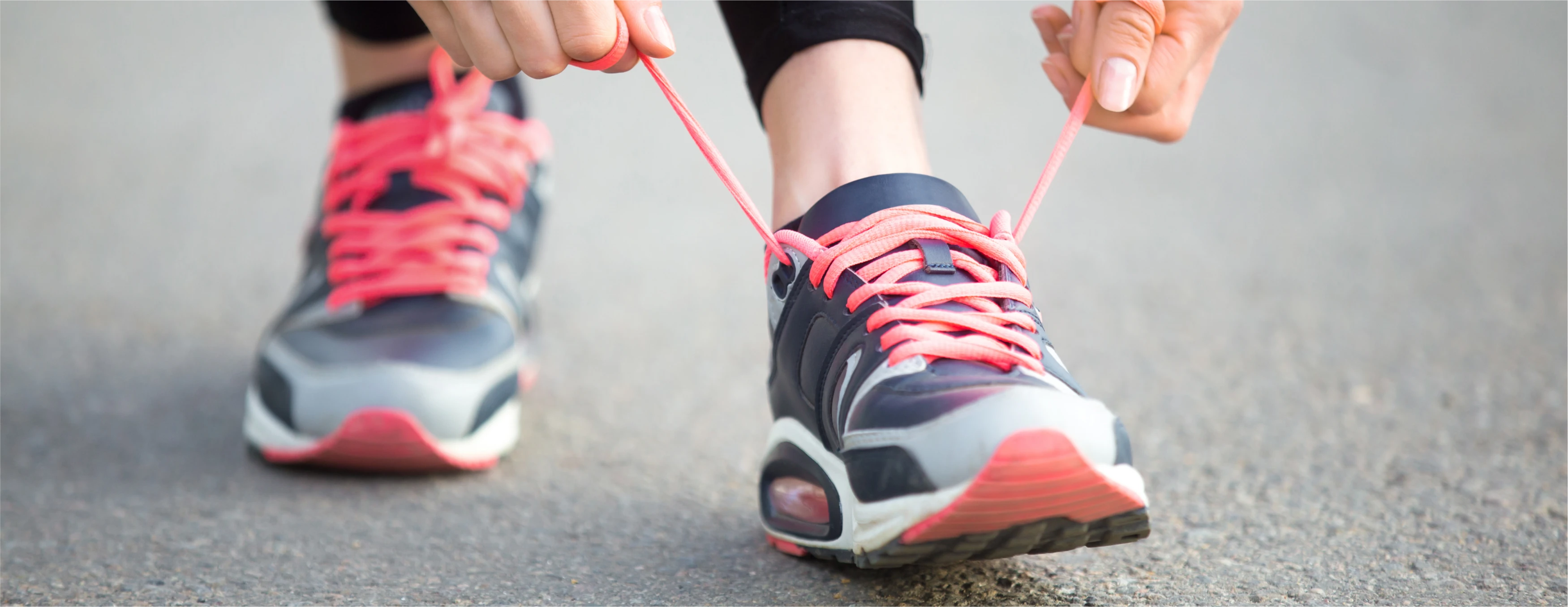Supination vs. Pronation: What Do These Terms Mean for My Feet?
Physical Rehabilitation

How you move your feet has a great impact on your foot health. But do you have supination or pronation?
You probably don’t think too much about how you walk. You just put one foot in front of the other and keep moving. Yet your gait, or how you step, has a great impact on the health of your feet, ankles, and calves. But when your stride favors either supination or pronation, you may experience foot pain or possibly an injury.
A normal stride is characterized by an even forward roll from the heel to toe, with the heel, foot, ankle, and knee in a straight line. However, if your foot shifts outward, it’s known as supination. An inward tilt is defined as pronation or overpronation. Let’s take a closer look at supination and pronation, the causes, and what you can do to counter their effects.
How do you know if you have supination or pronation?
A podiatrist or orthopedist can diagnose either supination or pronation. They may study your gait while you’re on a treadmill to see how your foot moves and tilts.
But at-home tests can give you an answer, too. Look at your shoes: The inward roll of pronation wears down the inside of the sole and heel. The opposite pattern is seen with supination.
Another test you can do is dip your feet in water and place the foot on a piece of paper or cardboard. If you have a high arch, which is characteristic of supination, you’ll notice an imprint of the heel and ball of your foot, but nothing in the middle. If the image is of the entire foot, you likely have pronation.
What is supination?
As mentioned above, supination or underpronation refers to an outward slant of the foot when you walk or run. This puts an excessive strain on the ankle and outer toes, leading to plantar fasciitis (an inflammation of the plantar fascia muscle running along the bottom of the foot), shin splints, Achilles tendonitis, ankle sprains, or even a stress fracture of the ankle.
Causes: The most common cause of supination is high arches. It may also stem from an imbalance or weakness in the muscles of the feet.
Treatments: Start with your footwear. Look for supportive shoes with cushioning to keep the foot in alignment instead of slanting outward. Other great options include shoes with a firm midsole and heel. You can also explore orthotic devices, like braces or splints, that are either custom-made or available commercially. Physical therapy to help you compensate and correct the imbalance with exercises can help as well.
What is pronation?
Pronation or overpronation develops when the foot moves inward when you walk or run. This leaves the inner edge of the foot absorbing the brunt of the force of your weight as you stride. Plantar fasciitis, shin splints, bunions, and heel spurs often result from excessive pronation.
Causes: People born with flat feet stand a higher risk of pronation. Flat feet or sunken arches may also develop due to obesity, an injury, or playing basketball, which stresses the feet.
Treatments: The best choice is footwear with a strong midsole to support your arch. Further, opt for a rigid heel section to keep your foot straight instead of moving from side to side. Exercises to strengthen the arch and the muscles around the arch can also counterbalance pronation. One to try is to take a tennis ball, and as you sit with your spine straight, roll the ball under one foot for two to three minutes. Switch to the other foot.
It all begins at your feet
Your feet absorb the weight of your whole body every time you step, so it’s not surprising they wear down and become painful at times. If you’re suffering from foot pain, come in to see one of the physical therapists at All Sports Physical Therapy. We’ll take a close look at your feet to determine if pronation or supination is causing your foot pain and give you the ideal treatment recommendations. Contact us today for an appointment.



